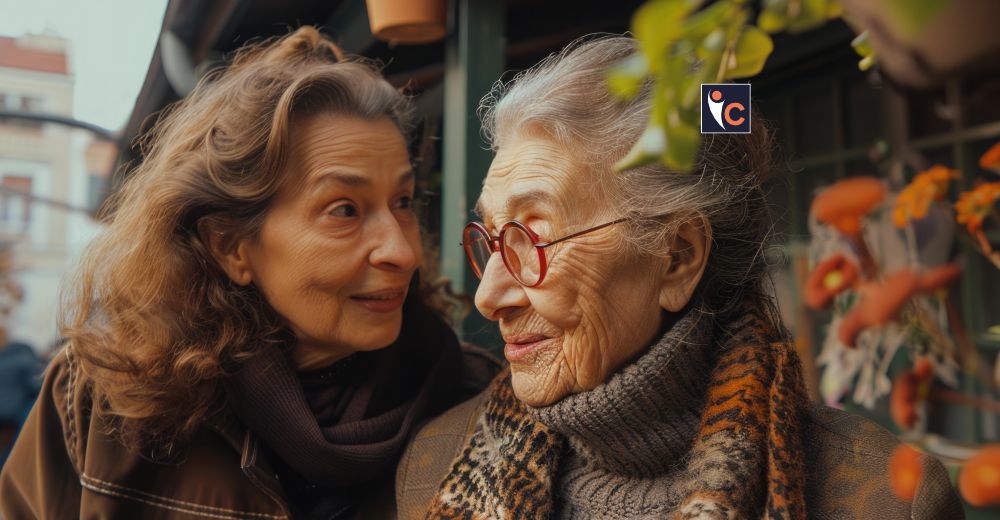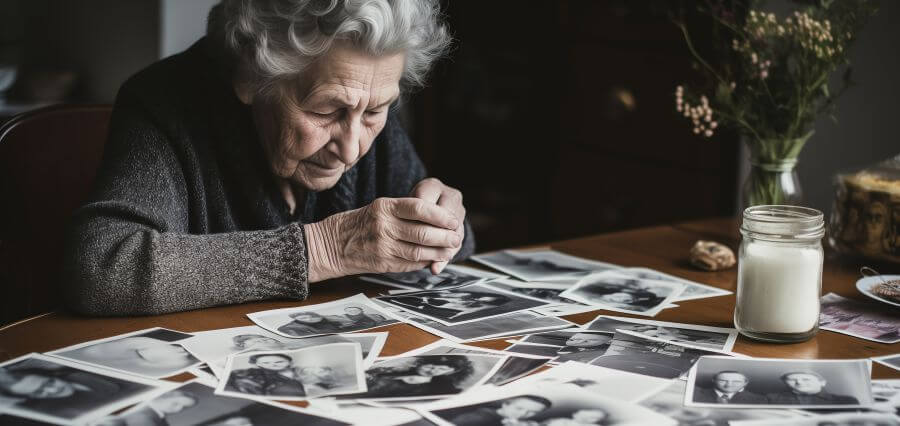Challenges and Solutions
In today’s challenging world, developing efficient approaches to the rehabilitation of the aged has become quite evident. Lifespan is on the rise globally and for human longevity to be healthy, independent, and have dignity, there is a need to embrace innovation in the care of the aged.
This article focuses on the issues of rehabilitating the elderly and searching for new solutions that will help them improve the quality of their existence.
Challenges that come with Aging
Rehabilitation of an older person is never an easy undertaking; it is as challenging as it is complicated with several issues that cannot be easily resolved. One of the biggest challenges is the compounding healthcare needs that come with old age. One of the most common aspects of care for older people is that they often have many comorbidities at the same time, which means that there is always a fine line to be drawn by clinicians.
However, there is severe inequality in resource distribution across the world and in the health sector in particular. The availability of trained personnel in the field of rehabilitation still remains an issue of grave concern especially in the developing countries and so does the need and availability of rehabilitation facilities. Due to this, there is a huge shortage of essential rehabilitation services that help older persons, especially in accessing basic care.
This is also a challenge because many people do not even know that rehabilitation plays a critical role in the aging process. There is thus a lack of knowledge regarding rehabilitation among healthcare providers including policymakers –most commonly reflected in the limited access and poor integration of rehabilitation services into primary healthcare sectors. As a result, most elderly patients do not receive the treatment which, in case of administration, could have a huge impact on the improvement of functional status and quality of life.
The social and environmental factors that is associated with aging is another factor that shapes the rehabilitation process. Most of the elderly suffer from loneliness, transportation problems, and living in conditions that are hazardous to their health.
New Approach for the New Age
In view of these complex issues, there is a need for a revolutionized strategy in the management of rehabilitation for elderly people. At the heart of this new paradigm shift is the concept of creating individualized rehabilitation programmes. By performing life review assessments that include not only physical impairments but also mental status and social and personal preferences, rehabilitation planners and healthcare team members are able to design personalized rehabilitation interventions that meet the needs, hopes and dreams of the individuals.
However, a key component of that personalized approach is the use of the multidisciplinary team structure. Through the collaboration of the interdisciplinary team including physiotherapist, occupational therapist nutritionist and social worker, caring for the elderly will not only focus on the physical well being but other round caring needs as well. As such, this integrated approach enhances the assessment of patient’s needs and his or her interaction with other members of the healthcare team in formulating consentient strategies that bring about optimal results.
Accessibility and resource constraints present the major difficulties in the implementation of physical rehabilitation advocacy programs and community-based rehabilitation programs provide one solution. The programs using local continuation resources and other focal community assembling can transport the rehabilitation services to the elderly in their own environments.
The third of these involves the education and training of the caregivers and the family members is a another intervention strategy. The family carers can also be empowered with the knowledge on rehabilitation procedures, need for physical activity as well as use of assistive devices thus creating an environment outside the healthcare facilities. Thus, this approach stimulates the successful outcome of rehabilitation procedures besides improving safety and minimizing fall incidence as adverse events.
At the systemic level, it can be seen that there is a pressing need for policy change that takes rehabilitation services seriously at the health care system levels. This comprises ensuring sufficient funding, initiatives towards training of rehabilitation personnel and incorporating rehabilitation services in primary care models. Policies that reflect the need to support and encourage rehabilitation for elderly persons within the specific countries where it is needed shall be adopted to encourage the governments realize the need to incorporate rehabilitation into healthcare thus helping the elderly persons to age well and be healthy.
The Path Forward
As the world copes with the effects of aging, the necessity of rehabilitation for every older adult is not only a clinical but a societal question all over. Therefore, the use of individualized, multidisciplinary, and community-based models of rehabilitation can offer a better-directed rehabilitation approach. This new model of care not only helps clients and systems to recover needs from incidental acute conditions but provides significant inputs that contribute to maintaining independence, dignity and quality of life of elders.
The endeavour to get to the best level of rehabilitation of frail aged persons can only be done with the help of all stakeholders, including the healthcare practitioners, the government, local and international leaders, and the families. By promoting the culture of innovation in the education system and policy reform in rehabilitation for the elderly, our world’s aging population not only attains longevity, but also quality life in their golden age.










